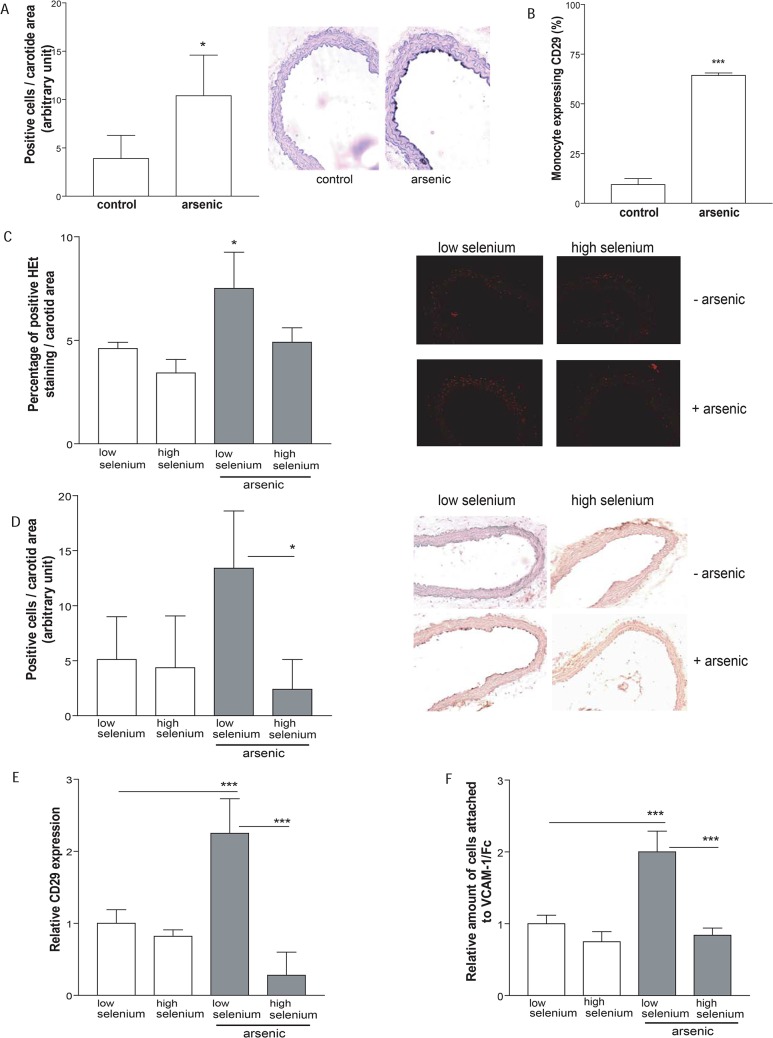Fig 5. Arsenic increases adhesion molecule expression in vivo, which can be prevented by addition of high selenium diet.
(A-B) In order to evaluate in vivo effects of arsenic, five-week-old male apoE-/- mice fed normal rodent diet were exposed to arsenic (200 ppb) for 13 weeks or maintained on tap water. Carotids were stained for VCAM-1 (A) and whole blood was collected and CD29 expression was detected using flow-cytometry (B). (C-F) In order to evaluate ROS involvement in arsenic-induced atherosclerosis, five-week-old male apoE-/- mice were exposed to arsenic (200 ppb) for 13 weeks or maintained on tap water. Mice were fed with low selenium or high selenium chow. Carotids were stained for ROS (C), or VCAM-1 (D). Blood was collected and CD29 expression was detected using flow-cytometry (E), or cells were fluorescently-labelled and incubated on VCAM-1/Fc coated plates (F). Values are expressed as mean ± S.D., n ≥ 3. * p < 0.05: **: p < 0.01; ***: p < 0.001, compared to unexposed controls.

